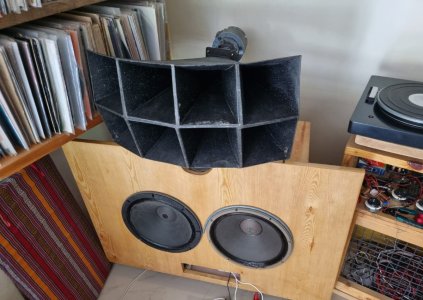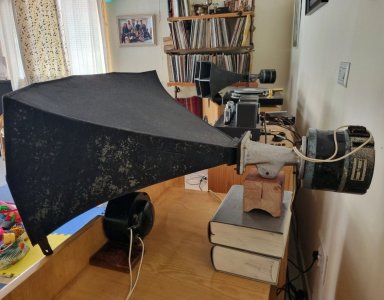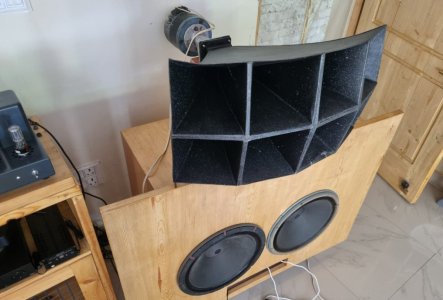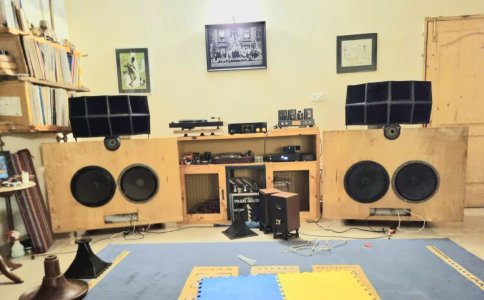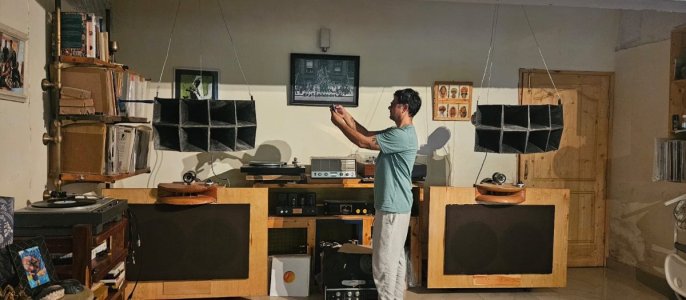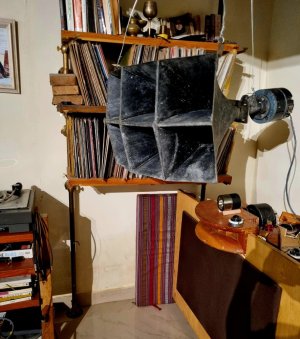Yelamanchili manohar
Well-Known Member
Wow...now those are SOME speakersView attachment 85146
This is where I have got so far. Just temporarily fixed up everything to hear what they sound like. Not disappointed one bit. Need to doll up the plywood with teak veneer and then figure other areas like port tubing and cabinet dampening and more importantly crossovers. Shoddy diy job but veneering ahould cover small inconsistenciesthanks for all the help and valuable inputs. Can't thank you guys enough.
They are coming along very very nicely shushant. The finished cabs with teak veneer and some oiling should look gorgeous. Atleast to us mad bunch here
I can imagine and sweat and blood going into this. Definitely not for the faint of heart. Well done



